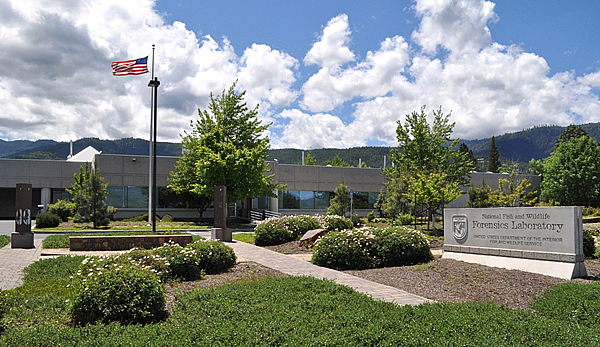Advertisement
CSI For Animals: How An Oregon Lab Practices Forensics
ResumeA nondescript 40,000-square-foot building in Ashland, Oregon, houses one of the world's most unusual enterprises: the world's only forensic crime lab — for animals.

If you're wondering why animals need a forensics lab, consider this: the world trade in illegal wildlife is a $19 billion business — the fourth largest illegal industry worldwide — right behind narcotics, counterfeiting and human trafficking.
Add to that crimes like hunting endangered animals (for meat or wall trophies or protection of personal property) and the Oregon lab becomes an extremely busy enterprise. It's also the only forensics lab used by the 154 countries that have signed on to the Convention on International Trade in Endangered Species of Wild Fauna and Flora (CITES), meaning that shipments of animals arrive in Ashland from around the globe.
Ken Goddard, director of the National Fish and Wildlife Forensics Laboratory, told Here & Now's Robin Young that he never knows what they're going to receive in the mail every day.
"We got surprised by seven decomposed skunks one day. We heard about it early because the FedEx pilot had to go into oxygen bringing the box in. We get things decomposed — 18-foot boa constructor melting in the Everglades, eagles, wolves, cougars — for cause of death. Pieces, parts, products of animals," Goddard said.
Guest
- Ken Goddard, director of the National Fish and Wildlife Forensics Laboratory in Ashland, Oregon.
This segment aired on November 4, 2014.